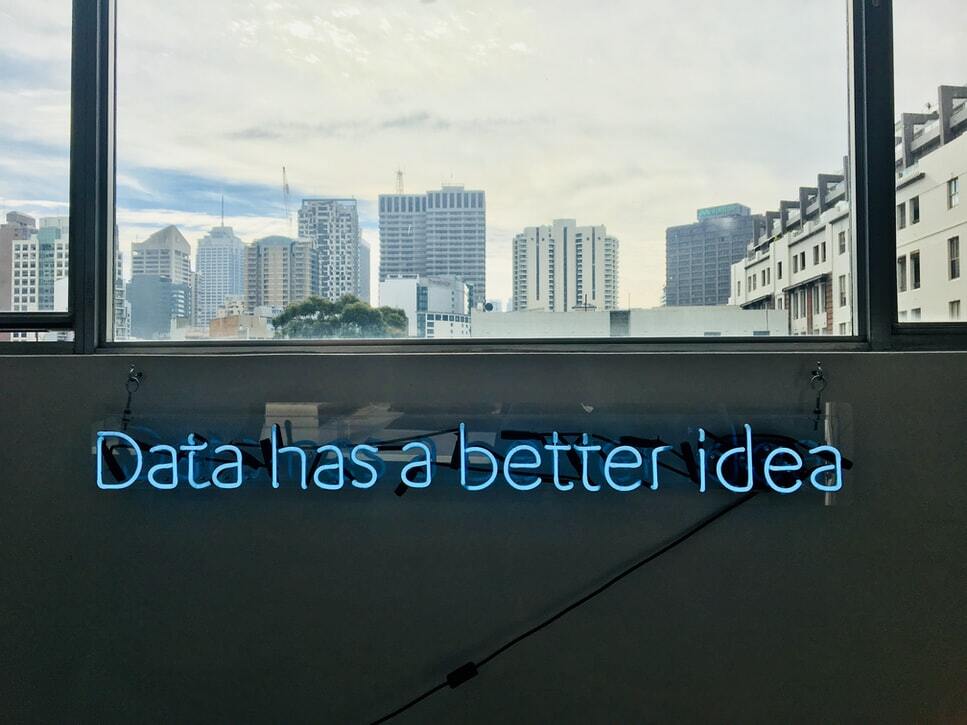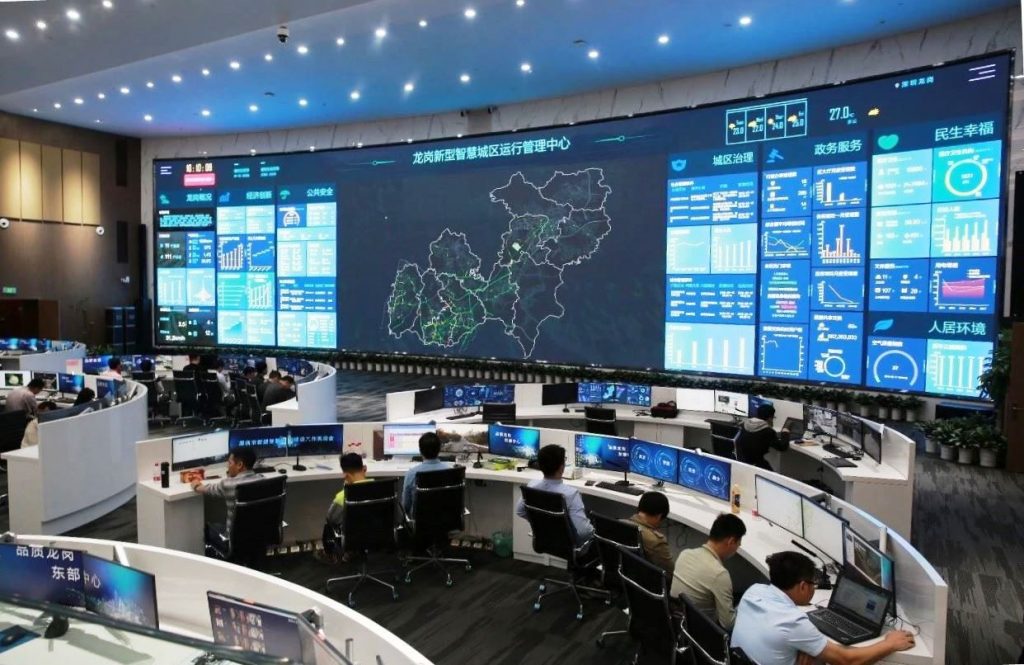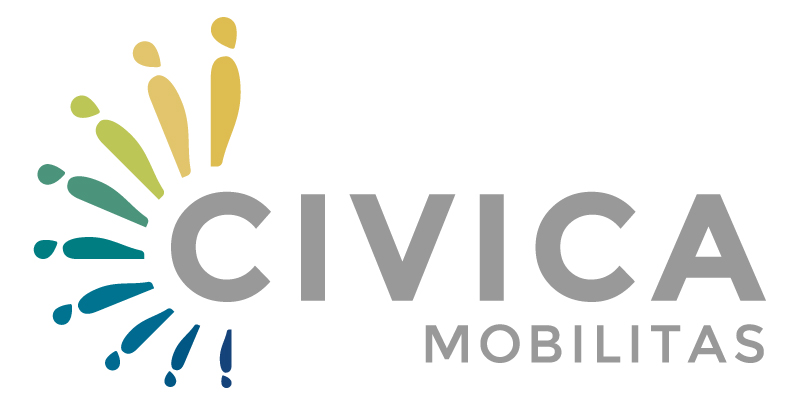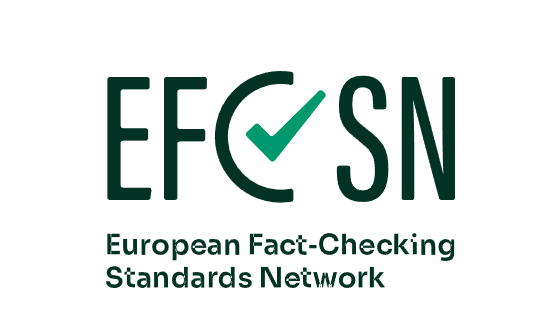Unsplash / Markus Winkler
Who would imagine that people – even the elderly or those with no knowledge about computers – would vote over this quirky new thing called the Internet 30 years ago? It’s already more than a decade-long practice in Estonia. Thirty years around the corner, today’s government practices would probably seem and feel archaic, even prehistoric. What can we expect of the future government the day after tomorrow, having in mind the Artificial Intelligence (AI) technologies and what’s already been cooking?
Last September, the ICEDA network had the opportunity to learn about the Estonian digital state miracle directly from those who are at the forefront of the art and practice of digital government, experimenting audaciously in directions often still unimaginable to the rest of the world. Champions were sharing their experiences, strategies, and some tips.This tiny and super innovative Baltic country invented and implemented something like a blockchain before Bitcoin was even invented, a distributed database technology that is one the of main ingredients of glorious e-Estonia. One thought that emerged from the discussion with the participants clinged in the air, “People don’t like to interact with the government, it would be ideal to eliminate that contact!”. From personal experience, people are anxious every time they are supposed to interact with public administration employees in order to get an official stamp on a document. It’s not just waiting in lines and wasted mornings, but also the fact that it’s not necessary. In a perfect world, people would receive public services from the comfort of their homes with a single click done in milliseconds, and they would prefer this option to the traditional one. Next, “digital native” generations have different expectations of any old fashioned bureaucracy systems. What would they expect – and demand – from a 2050 government and public administration?
Recent advances in digital technologies and their ample applications in our everyday lives are making the world a much different place. The speed of transformation, at least with “software is eating the world”, is both deepening and accelerating. This article will focus on the use of AI in government and public services.
AI technologies 101
Unsplash / Franki Chamaki
We are still far from the fantasied moment when machine intelligence surpasses human intelligence in all areas, but we often don’t understand that different AI systems are all already at our fingertips and all over our lives and that we can’t imagine a life without them even today.
When we “google”, the system is smart to read our intent and give us what we need in instant returns. When we use “Google maps”, the search algorithm is smart enough to provide us with the optimal route. We don’t see and know countless parameters analyzed in the background. That’s AI. A bunch of data points and advanced algorithms that use a ton of data to solve a particular problem, from winning a chess game to helping us flawlessly navigate the web and streets of the city we are in.
Say chess, where a machine, a computer program, can test the effectiveness of thousands of next moves while you consider which figure to move, and beat the best chess players in the world with ease. IBM’s Deep Blue AI crushed Gary Kasparov in 1997. Very narrow, but spectacular intelligence.
AI is in our phones. How else could our night photos be so beautiful? Algorithms make them nicer. How else could a phone be so much better than our eyes? New smartphones come with camera algorithms that make our photos better than ever before. They recognize faces, our location, or the position of the sun, so we don’t need to adjust settings manually. We can also speak with our phones and computers. Iphone users talk to Siri, while all Android users use Google’s voice digital assistants. You can also have conversations with Amazon’s Alexa, a home assistant you can ask about the weather next Thursday. This is called speech recognition. We can also chat with AI systems. The technique is called natural language processing, in which case computers understand natural language.
AI is in gaming, where it controls agents we fight with. It’s in finance, where it can rate our credit worthiness in minutes. In China, which seems ahead of the West in this, China’s mobile banks offer 1-second loan decisions. Not only that AI made the process lightning fast, but it also made it possible for ordinary people and small business owners to gain access to banking that was much harder or even impossible before.
AI is a “digital beast”. When it encounters physical reality, it first digitizes it. “Computer vision is a field of AI that trains computers to interpret and understand the visual world.” Cameras on the street first record what’s happening, identify and classify objects in the video, and then, say, recognize people in it using facial recognition. The algorithm goes through existing databases of faces, and recognizes identities by matching. This is potentially great for public safety but also very troublesome for privacy and control. The same tech is powering stores of the future, like in Amazon Go videos.
One of the next big things are autonomous, self-driving cars (cars that drive without humans at steering wheels). While still not there fully – city drives without any human intervention – many experts agree that it will happen in the next several years. That’s AI, and it will be the biggest change in transportation history. You could easily visualize robo taxis, something that Elon Musk and Tesla are already promising; You buy a car, and rent it as a robo taxi when you don’t drive it, and earn while you sleep.
AI is (already) everywhere. Some even call it new electricity precisely because of that. Whilst artificial in nature, it’s arguable that AI systems are – when designed right, using a so-called “human-centred design” – also very humane. Their purpose, among other things, is to free humans from unnecessary repetitive and boring tasks, and enhance human potential.
AI is also already in the government in many forms, in the background, even in not so digitally advanced societies and governments, like the ones in the Balkans region.
One of the examples of a narrow intelligence would be in the currently ongoing vaccination process in Serbia. You enter your name, citizen ID and preferred city, and a simple algorithm sets the first available date and matches you with the vaccination location and then automates the communication with medical institutions and medical staff. Similar efforts have been done in other countries in the region, such as North Macedonia, but they are much less automated.
Smart use of algorithms in the WB governments can be found in the public e-procurement systems, professional and career advising, digital management of internal processes and procedures, detecting tax fraud, etc. AI elements can also be found in the judiciary. In North Macedonia, Automated Court Case Management Information System (ACCMIS) has been used since 2010 in all 34, replacing the manual distribution of cases. Its database is located at the Supreme Court and can be accessed by members of the Judicial Council and the presidents of the Basic Courts. As there have been many instances in the past where its usage was neglected, in the 2020 Report by the European Commission, one of the main recommendations for the Judiciary and fundamental rights (Chapter 23) in 2021 is to improve this system to ensure its full functionality and reliability.
The “alGOVrithms – State of play” and “alGOVrithms 2.0 – The State of Play” publications list some of the automated decision-making examples in Serbia, North Macedonia and Kosovo, and present policy recommendations for decision-makers to make it better, more accountable and more fair .
What is the government after all?
Like any other organization, the government is a group of people, the system that governs a state or a community. They do numerous little tasks every day, following the established and well-defined rules and procedures, with the intention to serve the public and citizens.
We could probably say that there are at least two parts to it. The first one (decision-makers, public officials) is political, which makes decisions, strategies, and policies, while the second one is more technical, professional. The second (the civil servants) is more “operative” – they identify, track, communicate requests and approvals, manage resources, do the calculations, give permissions, etc. If you look at it more deeply, you would probably figure out that so many of the tasks done within the government and public sector are repetitive and logical steps.
Did, let’s call him Filip, pay taxes? If not, when should he be notified? How much should he pay? What message should be sent to him, and what instruction? All this information exists in different systems and databases. If all of the data was digital and interconnected, a computer system boosted with powerful algorithms could automate large parts of the processes like that. Register a car, prove the ownership, start a company, or notarize valuable documents – so many of those functions can be automated and outsourced to computers. With a little help from advanced algorithms, governments and citizens can save so many hours and spend their valuable time doing more important things.
What happens when we apply AI technologies in government and public sector operations?
Why sum or divide large numbers by hand on a piece of paper, when you have a calculator? That’s probably the adequate analogy for many potential cases.
The Western Balkan countries are not part of the EU which has many different repercussions. One of them is how we pass borders at the airports. Although we can move around freely thanks to “White Schengen”, we still wait in longer lines at the airport. At some airports, EU citizens can just pass by showing their passports to the machine and looking at the camera. How is this possible? There is a shared database of faces and algorithms powered by facial recognition tech. Computer systems recognize your face and are smart to read your travel documents, so you can just continue walking. “Voila!” Borders can be extremely frustrating, so imagine how solutions like this one can minimize unnecessary human “suffering”.
What about some other examples of AI use in the government and public sector? Let’s get back to Estonia, our honorable mentions from the beginning of the article, where the government’s goal is to enable a ‘zero bureaucracy’ experience. How does Estonia use AI in delivering in public services?
One of the really cool things they will unroll soon are #KrattAI AI voice assistants. Soon, Estonian citizens will be able to register companies by talking to their phones which will understand human language and be equipped to flawlessly navigate the whole registration process.
AI can help unemployed people as well. In one AI application, a machine learning system matches recently unemployed people with employees based on their skills. Resumes are fed into a system that matches their skills with potential employers. Computer-matching systems made an improvement: 72 percent of workers who got a job through the system are still on the job after six months, compared to 58 percent before the system was deployed.
There is this one very interesting example using satellite imagery and deep learning technique. European Space Agency satellites are used for inspection of farmers who receive government subsidies to cut their hay fields instead of physical inspection. Deep learning algorithms analyze imagery pixels to determine what’s happening on the ground, without the need for regular inspection visits. This system saved €665,000 of the public money in its first year. More about how the systems work can be learned in this presentation.
Let’s go to the other part of the world, to China, Asia.
One of the interesting concepts to note is augmented intelligence. To put it briefly, it’s a human-machine collaboration, where machine intelligence fuels and enhances human decisions.
Shenzhen, China, is one of tech’s capitals of the world. The city partnered with many private companies to implement sensors and smart cameras everywhere. Transportation is never late and everything is almost perfectly optimized using computer algorithms.
“Smart city brain” of LOC in Shenzhen
Data is streamlined to and analyzed by a big artificial “City Brain”. It’s then all visualized in a human friendly way so government employees can use this superpower to oversee all the relevant dynamics at glance. There’s literally no way for a human to do all that math. Machines do it in milliseconds. Optimization and performance are at the maximum. A lot of great studies are written on AI in China, many of which raise concern about surveillance and control.
Some of Chinese facilitation recognition technology is also used in Belgrade, Serbia. Whilst promising for public safety, if implemented without appropriate rules around it that protect privacy, it can be dangerous. One study analyzes this system and its potential dangers in Serbia. In other Western Balkans countries, these systems aren’t in place so far.
It’a a long road to any of the systems briefly presented above, packed with brave ideas, tons of testing and experimentation, security audits, impact assessments, research on potential biases, policy initiatives and changes, and improvements of regulatory and legal environments.
All AI systems require tons of quality data, digitized, and machine-readable data. Setting this up takes years. High-quality public-private partnerships are necessary because the most advanced skills and state-of-the-art technologies are built by private companies. All the examples of AI use in the public sector are designed and implemented in some sort of public private partnerships. Of course, nothing important and large scale isn’t possible without the knowledge, skills and openness of decision makers. Not to mention legal requirements, security concerns and accountability issues. It’s a long, strategic, decisive and comprehensive course of action.
Wild and automated future is definitely ahead
“Innovation” and “digitalization” are keywords in most of the governments in the world, and the so-called “GovTech” market is booming. The $400 billion #GovTech market (Gartner) is full of startups and other companies doing technologies for the government, improving many aspects of it. Some estimates say it will hit a trillion dollars by 2025. When something is that big of a market, it means there’s a whole ecosystem around, made of entrepreneurs, investors, academia, experts and even specific media. Many actors are pushing for the change. This means that innovation doesn’t just come from within the government, but is also pitched almost everyday from tech innovators from all over the world.
Two relevant trends to think about, instead of a conclusion. It’s important to understand where the world is headed, because it will change anyway. These trends also represent great opportunities for us to improve how we do things, including how governments serve the needs of its citizens.
Technology is developed at an extremely high pace. There’s so much money in the technology industry because everyone understands the market potential and the impact of it. All the biggest companies in the world right now are technology companies and that probably won’t change ever.
Consumer habits and consumenter demand also change. If AI is possible in our day to day lives, why isn’t it in the government? Citizens are consumers of government services, and they can and should demand better. If you can register a new company in Estonia online in minutes, or even vote online, why isn’t that happening elsewhere as well?
Having just those two trends in mind, we can expect a lot of fun and radical improvements in the way governments work in the following years and decades. We have just started. And while many of the examples just briefly touched on above might seem futuristic for countries in the Western Balkans region, a lot of local innovators are already thinking about stuff like that. The IT technology sector, being one of the strongest and most vibrants parts of the Western Balkans region economy, can play a huge role in this forthcoming transformation. A lot of international organizations are also funding, nurturing and guiding government transformation and innovation in the region, European Union and ICEDA network being just a little piece in a big puzzle of a better, digitized future where things are smarter, cheaper, easier and more life friendly.
Share:






























